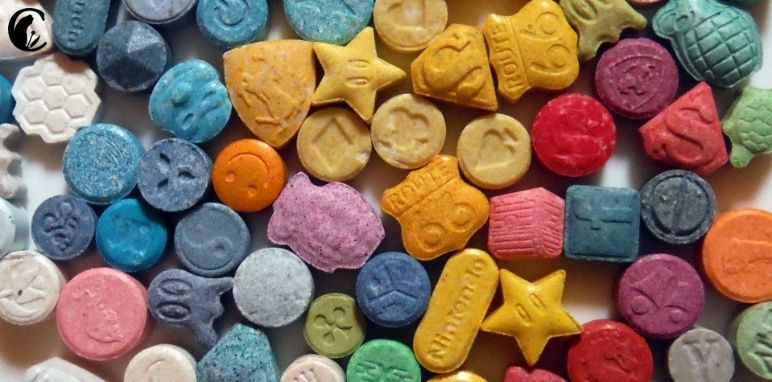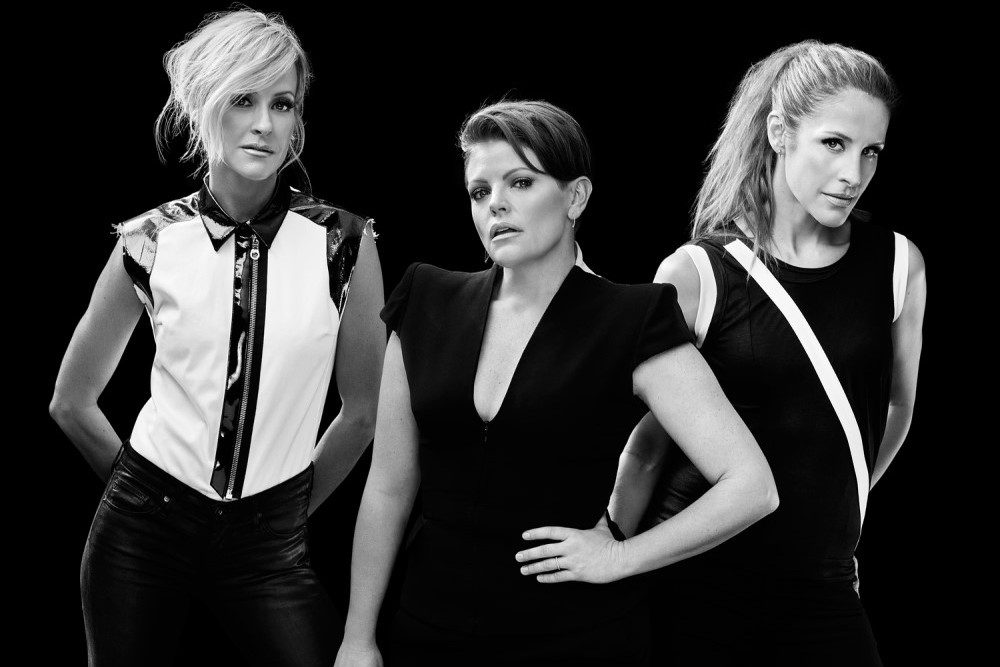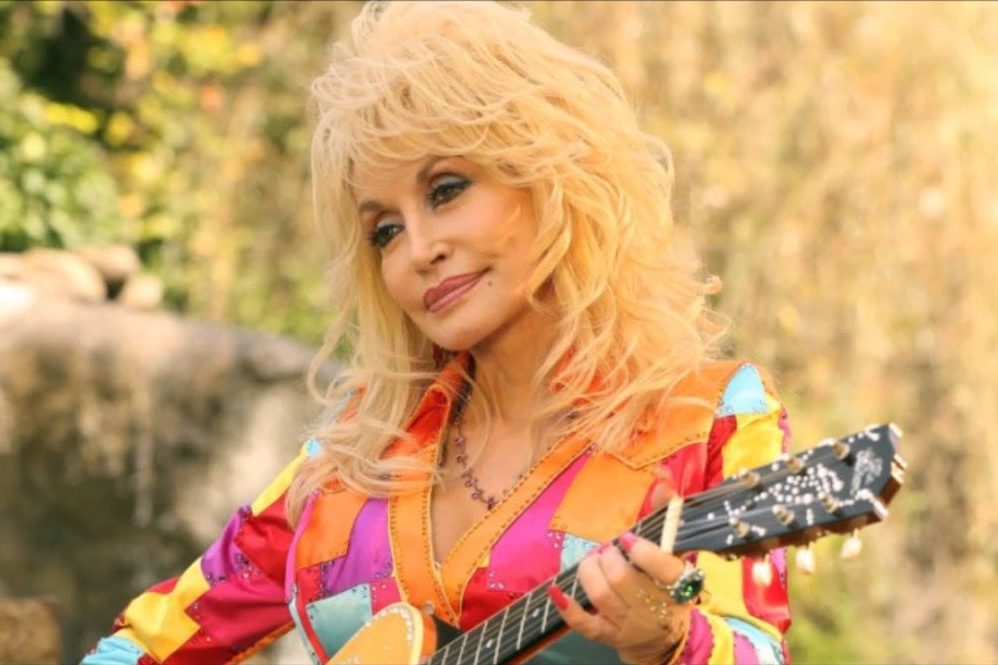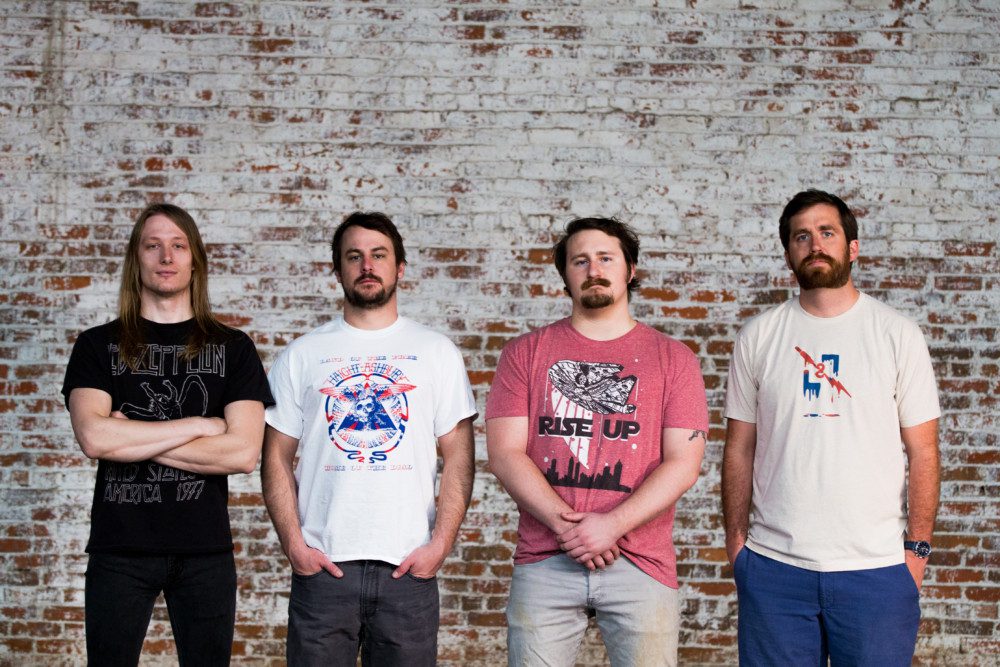

When you think of MDMA — also known as ecstasy in pill form or molly in powder form — you probably picture nightclubs, music festivals, and other settings where crowds sway to electronic dance music. But 50 years ago, you were far more likely to find it in therapists’ offices. MDMA’s journey from a therapy aid to a party drug is long, winding, and controversial. In the midst of a movement to bring it back to its medicinal roots, it’s worth asking: Where does it belong?
MDMA was first created by a German pharmaceutical company in 1912, not for human consumption, but simply as a means to synthesize a medication to stop bleeding, the Multidisciplinary Association for Psychedelic Studies’ Brad Burge tells me. It resurfaced in 1965, when the famous psychedelic drug designer Alexander Shulgin made his own. When he tried it in 1976 — the first reported use of MDMA by a human — he was stunned by the way it “opened up a person, both to other people and inner thoughts, but didn’t necessarily color it with pretty colors and strange noises,” he told New York Times Magazine. He recommended it to therapist Leo Zeff, and soon, clinicians were using it to treat anxiety, depression, and PTSD. They noticed it made patients feel all warm and fuzzy and brought their guards down, making it a trendy couples’ therapy tool in the 80s. Psychologist and psychedelic advocate Timothy Leary tried it with his wife in 1978. “No one wants a sixties situation to develop where sleazy characters hang around college dorms peddling pills they falsely call XTC to lazy thrill-seekers,” he warned.
Leary’s fear basically came true, if you replace “college dorm rooms” with “nightclubs.” To leverage the same effects that helped couples bond, people who were given MDMA by their therapists began bringing it out with them. The first club to sell it was Dallas’s Starck Club in the early 80s, Burge tells me, but it quickly spread to LA, New York, Austin, London, and other U.S. and European cities. The first people to mass-produce it for recreational use were the Harvard and MIT professors behind the Boston Group, which promoted it as a less addictive alternative to coke. A southward “Texas Group” sprung up by 1983. Due to its euphoric effects, it earned the nickname “ecstasy” in 1981, though it was at least sometimes taken as a powder — what we’d now recognize as molly (short for “molecule,” referencing the myth that it contains pure MDMA).
The way MDMA leaked out of therapists’ offices largely explains its association with electronic music. The genre gained popularity in 80s nightclubs — the same settings where MDMA made its first public appearances. During the mid-80s and 90s, EDM usurped disco as clubs’ genre of choice. The phrase “electronic dance music” first popped up in the U.S. around 1985 — the same year the DEA held hearings on MDMA in response to several high-profile overdoses, making it a Schedule 1 drug.
Initially, the co-evolution of MDMA and EDM was a coincidence; they happened to become popular around the same time. But their properties also made them uniquely suited to each other. One of MDMA’s effects is heightened sensory perception, including “increased enjoyment of music and repetitive action,” according to the Beckley Foundation. Perhaps it’s no coincidence, then, that EDM is one of the genres with the most repetitive structures. “There is some correlation between stimulants, like amphetamines, and compulsive, repetitive behavior, so you could make the case that amphetamine-based drugs are particularly well-suited to repetitive movements and music,” Julie Holland, MD, author of Ecstasy: the Complete Guide, told me. The deep, concussive bass sounds you find in almost all EDM songs seem to be particularly pleasurable on MDMA, says Burge. MDMA can also make colors more vivid, which Burge says contributed to users’ enjoyment of the flashing lights surrounding DJs and dance floors.
It’s a chicken vs. egg question. Did DJs spin beats to please rolling people’s ears, or did rolling people gravitate toward them to begin with? Cultural theorist Douglas Rushkoff, author of Cyberia: Life in the Trenches of Hyperspace, tells me it’s not quite either. “I think the easiest way to understand it is that both MDMA and EDM are components of rave,” he says. “It was rave designers who were looking to create an engine for mass transformation. EDM at 120bpm plus colored lights plus 5000 people plus an appropriated public space plus MDMA = rave. It’s a recipe, the same way the Grateful Dead and LSD and oil slide projections were the recipes for the Acid Tests.”
Another reason EDM suited MDMA users (and MDMA suited EDM-heads) is that the drug makes people want to dance. Perhaps more than any other genre, EDM shows are less about watching the performer than moving to them. Instead of the stage, people at EDM shows look around at one another, with the DJ barely visible.
Aside from providing a surge of energy, MDMA increases dancing impulses for emotional and even spiritual reasons. That’s where the packed dance floor comes in. The peak of a roll “sees the majority of the crowd soon realizing that speech and one-to-one contact is no longer a sufficient means of reaching out and accepting the thousands of other people present. That’s why they turned to dance,” Rushkoff writes in the forward to E, the incredibly strange history of ecstasy.
“This is the ‘magic moment’ of the rave that so many people talk about for months or even years afterwards,” he elaborates in the essay “E-Prescription for Cultural Renaissance.” “Unlike a rock concert, which unites its audience in mutual adoration for the sexy singers on stage, the rave unites its audience in mutual adoration for one another. The DJ providing the rhythm is more of an anonymous shaman than a performer, mixing records from a remote corner of the room. The stage is the dance floor, and the stars are the revelers themselves. The group celebrates itself.”
Burge views this drug-enhanced connectivity as an escape from our modern, disconnected society. “We’re feeling increasingly isolated as a culture, with technology and increased mediation… spending less and less time in physical places,” he says. “And so the group sometimes describes a tribal feeling of dancing in these large groups of people in a synchronized way has this feeling of connection and intimacy that people are seeking with EDM culture.”
Shulgin himself has remarked on the way squished EDM audiences support the spirit of community that MDMA fosters. “It seems that MDMA allows most people to accept other people — that is one of the reasons the drug is so successful at raves,” he said in Julie Holland’s “The Godparents of MDMA: An Interview with Ann and Sasha Shulgin.”
At the same time, there’s a move to bring MDMA back to the therapeutic settings Shulgin first deemed it appropriate for. The Multidisciplinary Association for Psychedelic Studies has been conducting experiments on its use for treating PTSD. The first two trials have shown promising results, and if the third goes as well, the drug could get FDA approval as soon as 2021.
But for now at least, the drug has found a home at the clubs and festivals that have integrated it into the raving experience. EDM and MDMA have become inextricably linked, not just with each other, but also with the culture they’ve co-created: One where the dancing is a spiritual ritual, the audience members are the performers, and all of them are unconditionally welcomed.
In fact, Holland doesn’t see MDMA’s medicinal and musical uses as separate entities. “There is something therapeutic about recreation, and about dance, and about a sense of community and tribal gathering,” she told me. “That feeds into some very deep, long, evolved hard wiring for us, the tribal dance component. So, for some people, that sort of feeling — where everyone seems connected, you are part of the whole, there is a ‘group mind’ on the dance floor — that experience can be in and of itself therapeutic.”




